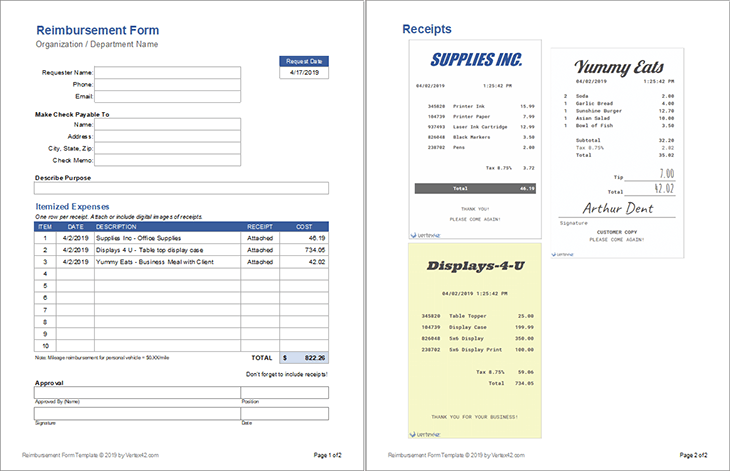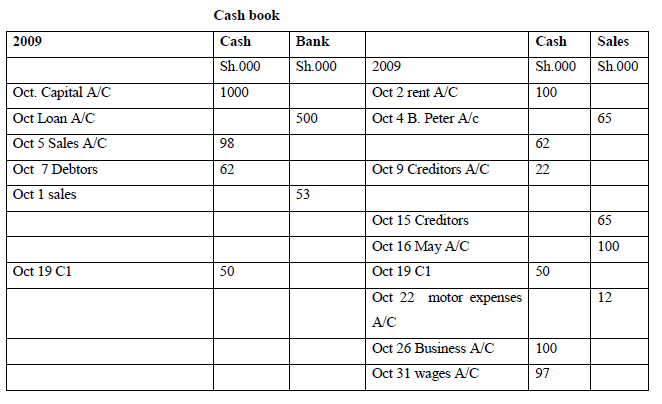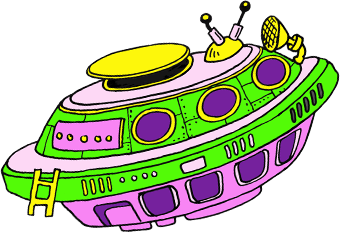Kagi Chart Best Ways to Use Kagi Chart for Your Trading


In this detailed review, let’s try to understand how you can use these types of charts in your trading and stock market analysis. An offshoot from the Japanese candlestick, Heikin means “average” and Ashi means “pace”. It can be used in conjunction with candlestick charts when trading securities to spot market trends and predict future prices.
Charting Features Trading Features — CMC Markets
Charting Features Trading Features.
Posted: Mon, 19 Jul 2021 16:24:15 GMT [source]
The ‘X’ in the charts shows the rising price and ‘O’ indicates the falling price. For each time interval, open, high, low, and close prices are used to build a price bar for the specific time frame. The simplest way of trading a Kagi chart is to buy on the emergence of a green line and liquidate that position on the emergence of a red line, and vice versa. However, trading on every such signal would generate a lot of whipsaws.
Kagi charts and other technical indicators can be combined to confirm trends and identify trading opportunities. We’ve already spoken about a few examples in the paragraphs above. Traders can use moving averages, MACD, and RSI indicators to confirm trends and determine entry and exit points based on Kagi chart signals.
Renko Trading Workshop
Update your mobile numbers/email IDs with your stock brokers. Receive information of your transactions directly from Exchange on your mobile/email at the end of the day ……….Issued in the interest of investors. Kagi Chart The word “Kagi” comes from the Japanese art of woodblock printing. A kagi or “key” is the L-shaped guide in a woodblock that a printer used to line up the paper for printing.
A thick line indicates that there is a dominant upside trend. The changes that tend to occur in the overall thickness of the lines help in generating transaction signals. At the same time, buy signals are created when a typical Kagi line would go from being thick to thin. Sell signals are created when the line would change from thin to thick. While the Kagi chart itself may not be enough to confirm trends, using a technical indicator with it could prove useful. For example, combining the Bollinger Bands with Kagi charts.
General Settings
For example, in 5- minute time frame, each closing price after 5 – minutes time interval will then be connected to the next closing price with a continuous line. Renko, derived from the Japanese word ‘renga’, means brick. Bullish white bricks and Bearish black bricks are used in this chart also. When the prices move more than the last brick size, then a new brick is added. This chart is not related with time and is very useful to know the current trend by providing clear indication.Further, it also eliminates the noise factor created by the price movements. The brick positions will remain same without any change if the price movements are not up to the expected level.
If the line turns thick , it is a buy signal; if it turns thin , it is a sell signal. The word ‘Renko’ is derived from the Japanese word ‘Renga’, which means bricks. Renko charts are similar to Kagi charts and the three-line break charts except that the Renko chart is drawn in the direction of the primary trend and have a fixed size. Market momentum often called as market sentiment is the perceived strength of a positive or negative change in market prices.
Renko charts have a pre-determined “Brick Size” that is used to determine when new bricks are added to the chart. If prices move more than the Brick Size above the top of the last brick on the chart, a new brick is added in the next chart column. Hollow bricks are added if prices are rising and black bricks are added if prices are falling. Bricks are always with their corners touching and no more than one brick may occupy each chart column.
Traditionally, traders buy when the lines change from thin to thick. He has extensive experience as a practitioner and trainer of technical analysis. Currency trading in india-understanding market timing, lot sizes, margin money and profit-loss statement. The “Average True Range ” method uses the value of the ATR indicator to determine where the next reversal should occur.
Online Trading with RMoney
This Kagi chart trading strategy involves identifying key support and resistance levels and entering trades when the price bounces off these levels. You can use Kagi charts to identify these levels by looking for areas where the lines change direction. Technical charts help traders in taking informed decisions while placing trades in the market. They are a graphical representation of a stocks historical data like price, volume, and time intervals. Line Charts are a simple type of intraday trading chart that gives the only closing price. It can be switched to any time frame but in every time frame, this chart only displays the closing price.
You can use these charts exclusively or in conjunction with other charts and trading tools. Let us first talk about the RSI indicator which measures the extent of current change in the price of securities and evaluates the oversold and overbought positions. A line moving from a low to a high is known as an up bar whereas a line running from a high to a low is called a down bar. These lines are also popularly known as Yin and Yang lines. Data point anchoring, used for annotations, is not supported with this type of chart.
Candlesticks and Oscillators for Successful Swing Trades — Investopedia
Candlesticks and Oscillators for Successful Swing Trades.
Posted: Sat, 25 Mar 2017 17:50:00 GMT [source]
It has two columns as X and O; when the price movement is upwards, X column rises and when the price movement is downwards then O column rises. The box size must be multiplied by ‘reversal amount’ so that columns can be changed. For example, if the reversal amount is 3 and the box size is 10, the price will move 30 points in order to change the column.
Point and Figure Charts
Notice above that price formed a double bottom pattern between September and March. Break above the neckline of this pattern triggered a strong rally in price in the coming weeks. Later, notice that price formed a bearish Head and Shoulder pattern. Break below the neckline of this pattern triggered a sharp fall in the days ahead. Once such patterns are detected, a trader can then use buy/sell signals from Kagi lines to enter/exit trades. Similarly, if a trader entered a sell position following the H&S breakdown, he/she could have held on to that position until price formed a long green line in February.
This has the advantage of not needing to change the setting if the value of the stock changes significantly during the time period being charted. The disadvantage is that it isn’t easy to predict exactly where the next reversal will occur. With the “Absolute Points” method, you specify the number of points that a stock must reverse before a change in the Kagi line occurs. The advantage of this method is that it is very easy to understand and predict where reversals will occur. The disadvantage is that the point value needs to be different for high priced stocks than for low priced stocks.
It’s important to note that prices may exceed the top of the current brick. Again, new bricks are only added when prices completely “fill” the brick. Thankfully, for traders, techniques like Kagi Charts have aided in putting an end to focus on insignificant price movements that would not be affecting price momentum in the future. Therefore, they offer the advantage of being significantly free of any noise. This turns out to be a major drawback for the charting methods involving conventional candlesticks. It adjusts to changing market conditions, allowing traders to adapt to market volatility and make informed decisions.
At first, all this may be a little intimidating to understand. However, we will talk about each of these aspects using a sample chart, which will make the concepts of a Kagi chart much simpler to understand and interpret. Because it eliminates noise, these charts are not complex and very easy to read and understand. Traders prefer the ATR method as it takes into account the recent volatility of the security rather than just taking a specified amount or percentage for that purpose. On a typical Kagi Chart, the entry signal gets triggered when the vertical line would alter from being thin to thick.
Traders can use Kagi charts to identify whether the market is in an uptrend or downtrend and then use other technical indicators to confirm the trend and determine entry and exit points. Kagi charts are a type of chart used for technical analysis of stocks, futures, options, commodities, and currencies. Developed in Japan in the late 1870s, these charts were originally used to track the price of rice. Rice, as you may know, was a major source of trade in Japan during the 19th century. As the name indicates, this chart merges volume into candlestick.
- Day traders look for pattern formation in candlestick charts for trade signals and it also helps traders to manage their risk with a clear idea of the right stop-loss and target price.
- These chart types include line charts, bar charts, candlestick charts, and point and figure charts.
- The word Kagi means “key” in Japanese and in many ways, the chart itself is viewed as the key to detecting changes in market sentiment.
It is advised for intraday traders to set the reversal percentage at 1% whereas the long-term trader should keep it at 4%. The ‘X and O’ symbols are placed in a box that represents an incremental time period i.e. one day or a range of days. The uniqueness of the point and figure chart is the time period input is not used on liner basis. A new Column is made, as soon as the price rises or falls beyond a level. This type of chart is most useful in daily and above time frame. Notice that from hereon till September 2018, Bank Nifty was trading inside a rising channel.
The emergence of such a long bullish line, which engulfed a series of bearish lines, warranted booking profits on short positions. While traditional candlestick charts have been a popular method for charting price movements, Kagi charts offer a unique alternative for uncovering trends. Kagi charts are a versatile tool to represent price movements for shares and stocks. This type of chart does not include the time aspect and the line in this chart indicates the price movements by its thickness. If the price is higher than the previous swings, the line will thicken, and when it is below the previous swing then the line will thin. These charts help traders to clearly identify the break-out of swing highs and lows.
Types of Charts in Forex Trading — DailyForex.com
Types of Charts in Forex Trading.
Posted: Tue, 31 May 2022 07:00:00 GMT [source]
As price has risen and the prevailing line is a rising line, we extend the line further from 121 to 124. However, as price has surpassed the immediately preceding horizontal line , the colour of the line changes to green from 121 to 124. So, at the end of day 27, we now have a rising, green line. The thick line is called the ‘yang’ line and the thin line is called the ‘yin’ line.

This allows chartists and traders to analyze a stock’s both price action and volume with just a look at the price chart. They are similar to EquiVolume charts but are more informative as candlesticks are used instead of high-low boxes. Heikin-Ashi Candlesticks use the open-close data from the prior period and the open-high-low-close data from the current period to create a combo candlestick. The resulting candlestick filters out some noise in an effort to better capture the trend. In Japanese, Heikin means “average” and ashi means “pace” Taken together, Heikin-Ashi represents the average pace of price actions. The “Percentage” method causes a reversal each time prices move more that the percentage that you specified.
When the kagi charts line goes from thick to thin, prices have just fallen below their previous low, not a good sign for things to come. Standard support/resistance, trend and chart pattern analysis is more easily identified on Kagi charts due to their neat appearance. Kagi chart, you remove the unnecessary noise and can now understand the trend of the price movement in a better manner. We would recommend you to make use of the Kagi charts for not only enhancing your trading experience but also making better profits. The vertical lines tend to move in the direction of the movement of price, no matter how insignificant that movement is.
A Kagi Chart can be created with an array of vertical lines that are linked with the help of horizontal lines. The respective direction and thickness of the given lines depend on the price of the Underlying asset or stock. Kagi Chart can be referred to as a specialized type of Technical Analysis that was developed during the time of 1870s by Japanese.
If the UsedYValuevalue is not specified, the Kagi chart will use the first YValue, which is found at index zero. The Kagi chart uses the custom attributes to customize the chart display, and behavior. These custom attributes include theUsedYValue,ReversalAmount, and PriceUpColor attributes. Each one of these attributes is discussed below, along with a code sample demonstrating the syntax used to set the attribute.















